Imagine you’ve just built a fantastic app that has the potential to enhance your users’ lives. There’s just one missing piece before you can launch. You must integrate an NLP tool to help your app understand user input and respond intelligently. You’ve heard about Wit.ai, but as you dig deeper into its documentation, you realize it doesn’t support the features you need. You’re back to square one. If this scenario sounds familiar, don’t panic. Several Wit.ai alternatives can help you achieve your goals. In this article, we’ll explore the best options and give you the insights you need to find the ideal NLP platform for your AI app development project.
One of the best ways to get started on your search is with Lamatic’s generative AI tech stack. Our solution can help you quickly find the best Wit.ai alternative to speed up your AI development process and get back to your project.
What is Wit AI, and What are Its Key Capabilities?

Wit.ai is a powerful natural language processing, or NLP, platform designed to help developers integrate conversational interfaces into their applications. Acquired by Facebook in 2015, Wit.ai leverages advanced AI technology to transform human speech into structured data, enabling the creation of sophisticated voice and text-based applications.
Whether you’re developing a chatbot, a voice-controlled device, or any application that requires understanding and processing human language, Wit.ai provides a robust framework to facilitate these interactions seamlessly.
Streamlining NLP Integration
Wit.ai offers an array of features aimed at simplifying the integration of NLP capabilities into applications:
- Speech Recognition: Converts spoken language into text, making it easier to develop voice-activated applications.
- Natural Language Understanding (NLU): Analyzes text to understand user intent and extract relevant entities, allowing for more meaningful interactions.
- Entity Recognition: Identifies specific information within a conversation, such as:
- Dates
- Times
- Locations
- Custom-defined entities
- Intent Detection: Determines what the user wants to achieve from their input, enabling the application to respond appropriately.
- Multi-language Support: Supports numerous languages, broadening the potential user base for applications developed with Wit.ai.
- Context Management: Keeps track of conversation context to maintain coherent and contextually relevant interactions.
- Integration Flexibility: Easily integrates with various platforms, including web, mobile, and IoT devices.
- API Access: Provides RESTful APIs, allowing developers to interact with the platform programmatically.
Compatibility and Integration Options
Wit.ai boasts extensive compatibility and integration options:
- Platform Integration: Works seamlessly with web and mobile platforms, enabling various application types.
- Device Integration: Compatible with IoT devices, allowing for voice control and natural language interfaces in smart home products.
- Third-party Services: Integrates with various third-party services and APIs, enhancing the functionality of applications developed using Wit.ai.
- Facebook Products: Naturally integrates with other Facebook products, offering potential synergies for applications within the Facebook ecosystem.
Related Reading
- Fine Tuning AI Models
- Artificial Intelligence in Web Applications
- How to Integrate AI Into an App
- AI API Integration
- How to Fine Tune GPT
- How to Use AI in an App
- How to Integrate ChatGPT Into an App
- How to Integrate AI Into Smart Home Application
Top 17 Wit.ai Alternatives for Building AI Applications
1. Lamatic: The Managed Generative AI Tech Stack for Rapid Implementation

Lamatic offers a managed Generative AI tech stack that includes:
- Managed GenAI Middleware
- Custom GenAI API (GraphQL)
- Low-Code Agent Builder
- Automated GenAI Workflow (CI/CD)
- GenOps (DevOps for GenAI)
- Edge Deployment via Cloudflare Workers
- Integrated Vector Database (Weaviate)
Lamatic empowers teams to rapidly implement GenAI solutions without accruing tech debt. Our platform automates workflows and ensures production-grade deployment on edge, enabling fast, efficient GenAI integration for products needing swift AI capabilities.
Start building GenAI apps for free today with our managed generative AI tech stack.
2. Dialogflow: Google’s Robust No-Code Solution for Conversational AI

Dialogflow, owned by Google, provides robust conversational AI tools for designing and integrating chatbots into various platforms. Key features include:
- Support for multiple languages
- Various messaging channels
- Easy integration with Google Cloud services
Pros include powerful NLP capabilities and seamless integration with Google ecosystem, while cons include pricing based on usage and potentially complex setup for beginners.
3. IBM Watson Assistant: The User-Friendly AI Virtual Assistant
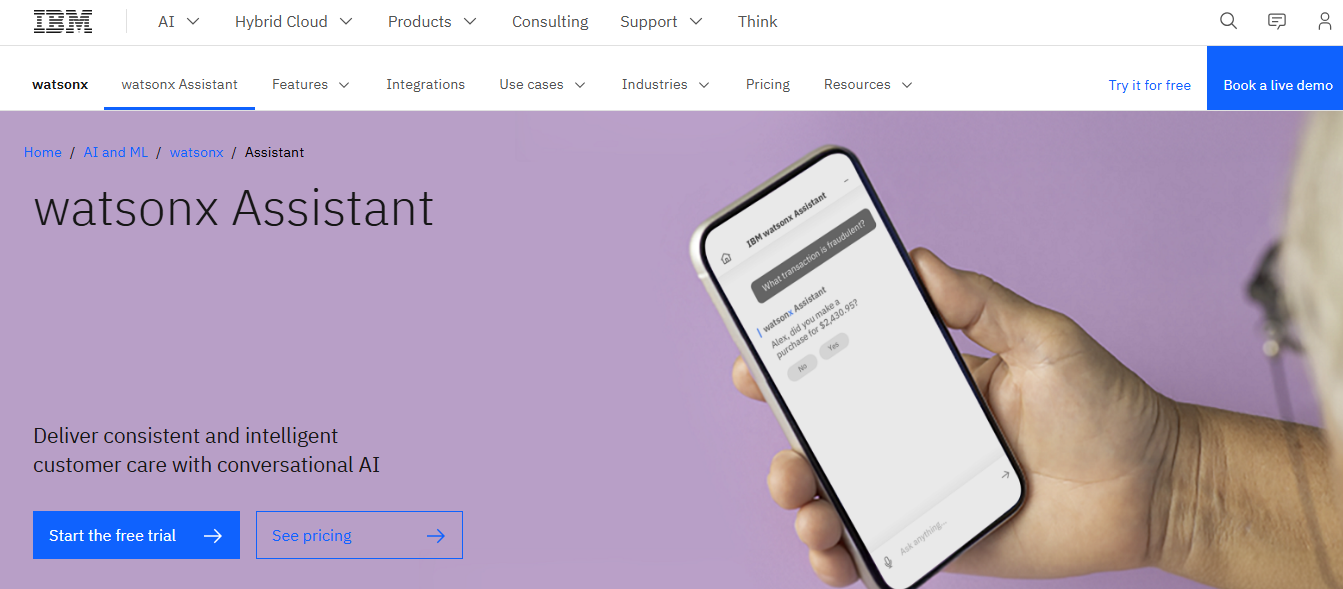
IBM Watson Assistant offers AI-powered virtual assistant capabilities with features like:
- Intent recognition
- Entity extraction
- Personalized responses
Pros include a user-friendly interface for building chatbots and integration with other Watson AI services. In contrast, cons may consist of higher pricing for enterprise-level features and a potential learning curve for beginners.
4. Microsoft Bot Framework: The Comprehensive Conversational AI Platform

Microsoft Bot Framework is a comprehensive platform for developing, deploying, and managing conversational AI agents. Key features include:
- Support for various channels
- Pre-built templates
- Integration with Azure services
Pros include seamless integration with the Microsoft ecosystem and robust development tools, while cons may consist of limited customization options for advanced users.
5. Rasa: The Open-Source Conversational AI Platform for Developers

Rasa is an open-source conversational AI platform that allows developers to build contextual assistants with NLU and dialogue management capabilities. Pros include:
- Full customization of AI models
- Support for multi-turn conversations
- Privacy-focused architecture
Cons may include the need for technical expertise to set up and maintain the system.
6. Amazon Lex: The Voice and Text Conversational AI Service
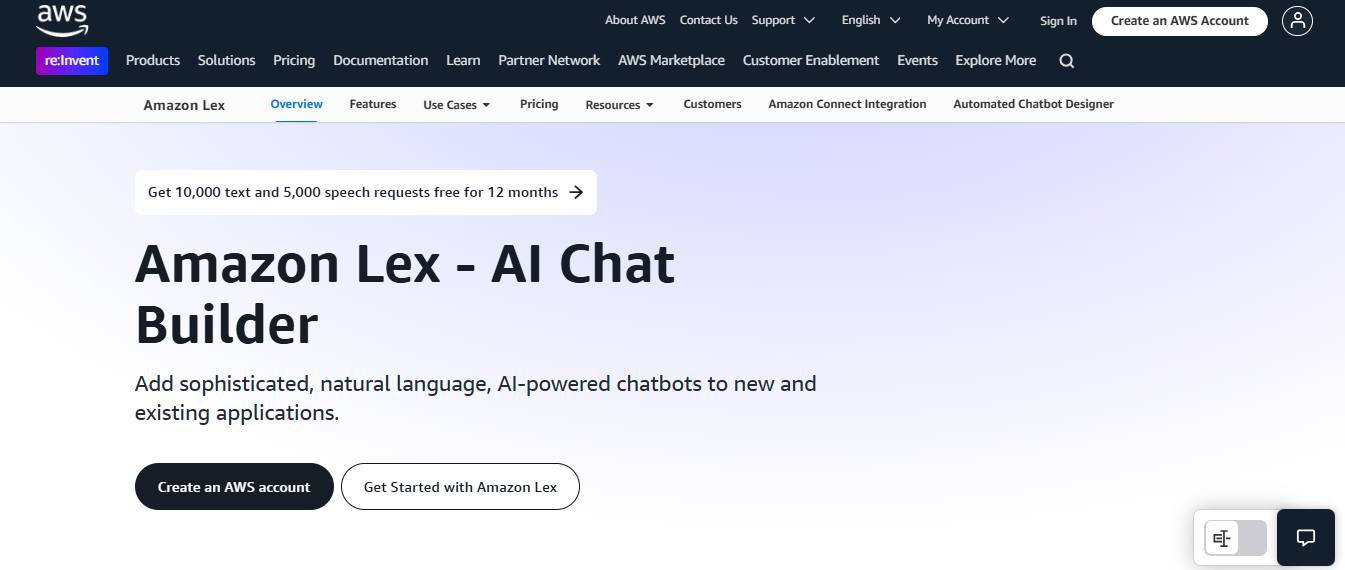
Amazon Lex is a service that builds conversational interfaces into any voice and text application. Key features include automatic speech recognition, intent recognition, and integration with AWS services. Pros include seamless integration with AWS infrastructure and a pay-as-you-go pricing model, while cons include limited support for advanced NLP capabilities compared to other tools.
7. Botpress: An Open-Source Platform for Developing Chatbots
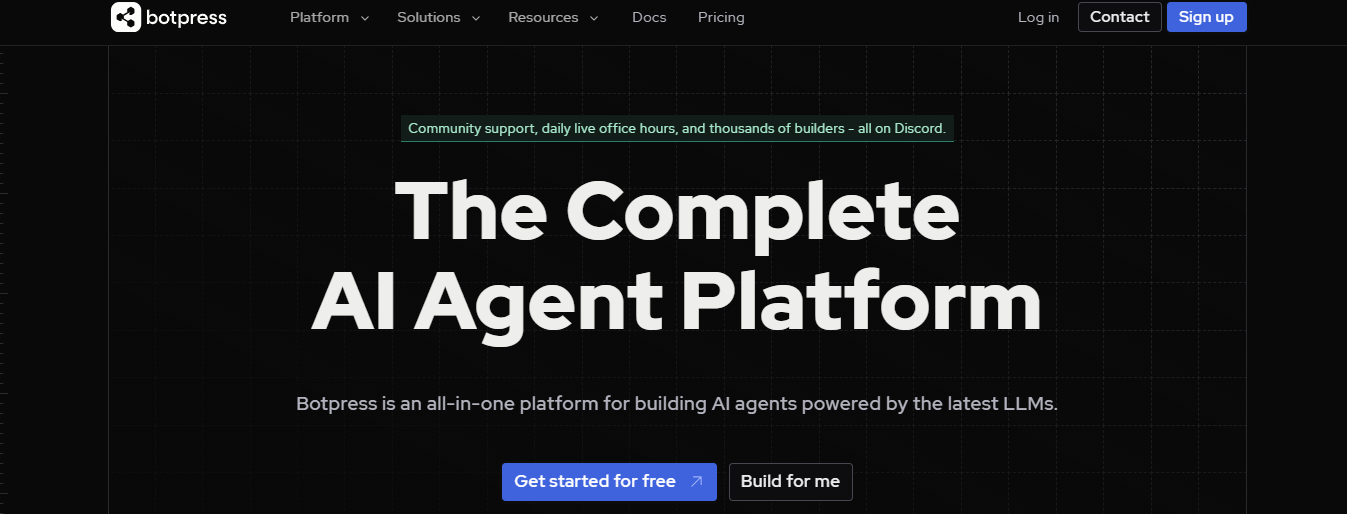
Botpress is an open-source platform for building chatbots and virtual assistants with features like:
- NLU
- Dialogue management
- Multi-channel support
Pros include complete control over the chatbot's data and customization options, while cons may consist of a steeper learning curve for beginners and potentially limited community support.
8. SAP Conversational AI: The Chatbot Solution for SAP Users
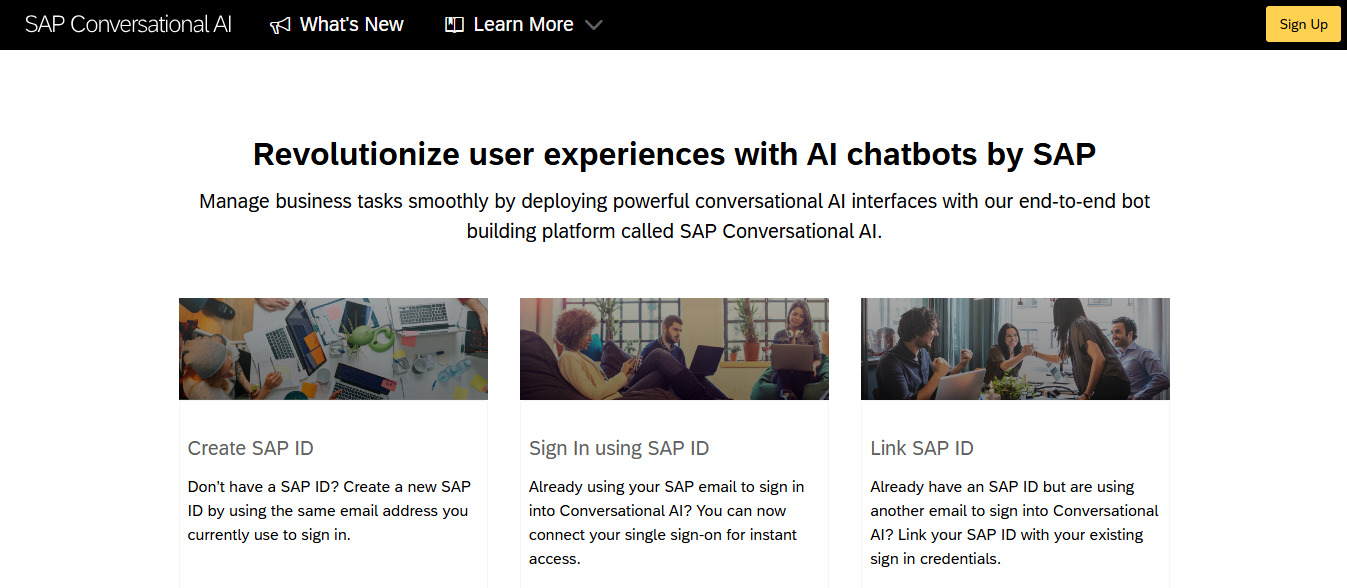
SAP Conversational AI offers tools for building AI-powered chatbots with features like natural language understanding, dialog management, and integration with SAP applications. Pros include easy integration with the SAP ecosystem and pre-built chatbot templates, while cons may include limitations on customization and potential scalability issues for large deployments.
9. GPT-3: The Language Model That Can Do It All
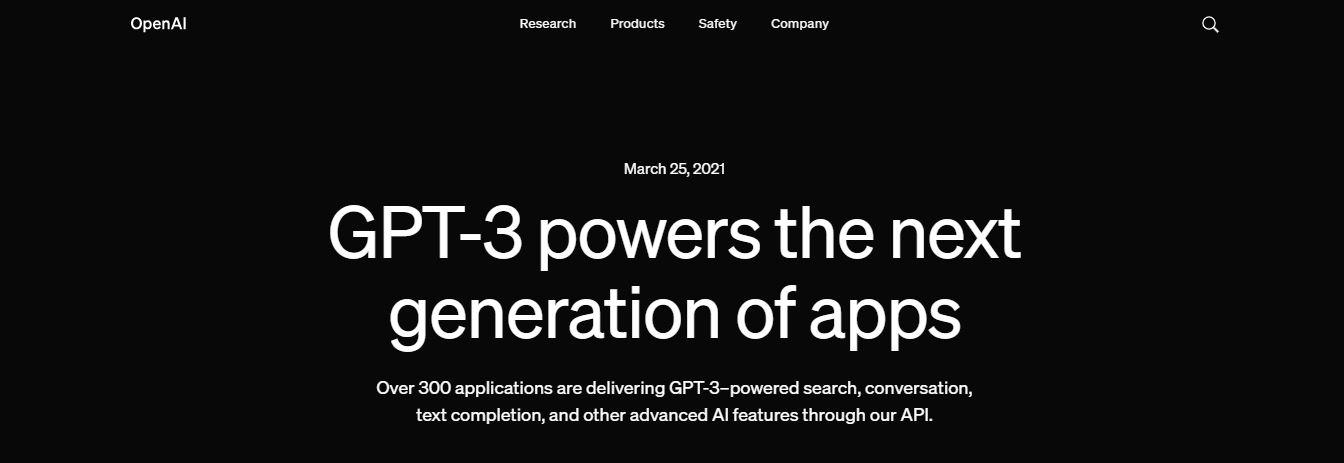
GPT-3, developed by OpenAI, is a language model that can be used for various natural language processing tasks, including conversational AI. Key features include:
- Generation of human-like text
- Support for multiple languages
- Scalability for large datasets
Pros include state-of-the-art performance in language tasks and versatility for different applications, while cons may consist of potential ethical concerns about AI capabilities.
10. Wolfram Alpha: The Computational Engine for Factual Queries

Wolfram Alpha is a computational engine that answers factual queries using its vast knowledge base and natural language understanding. Pros include:
- Accurate information retrieval
- Support for complex mathematical queries
- A user-friendly interface
Cons may include limited conversational capabilities compared to dedicated chatbot platforms.
11. Pandorabots: The Old Timer for Building Chatbots
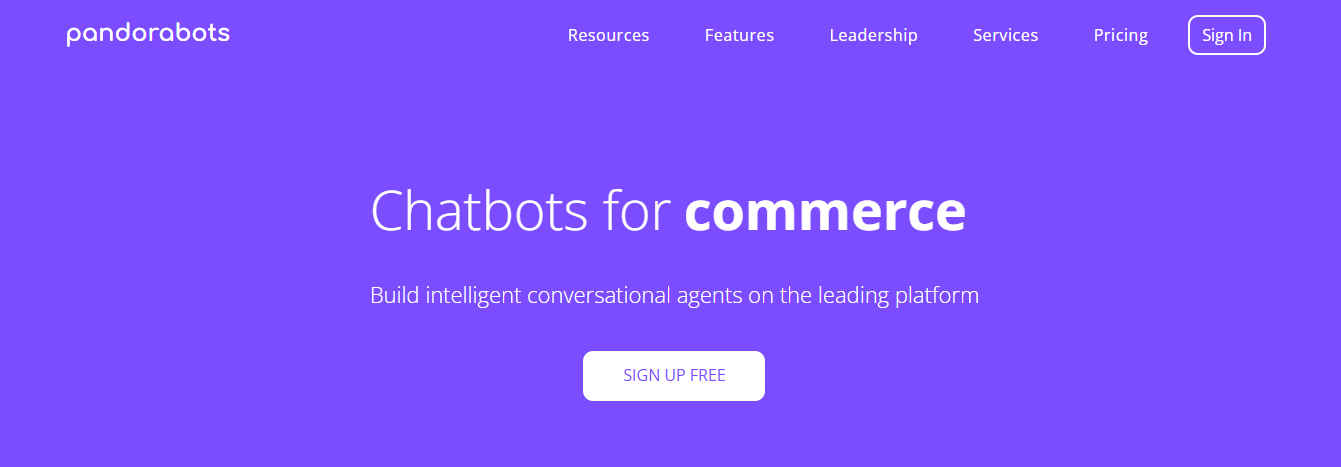
Pandorabots is a platform for building and deploying chatbots with features like:
- Scripting language support
- Multilingual capabilities
- Integrations with various messaging platforms
Pros include easy setup for basic chatbots and affordable pricing plans, while cons may consist of limited flexibility for custom AI models and potentially limited scalability for large deployments.
12. Freshchat: The Live Chat Software with Chatbots

Freshchat is live chat software for websites to boost customer engagement rates. It provides an interpersonal way to connect with customers through a highly integrative social messenger. The software is capable of unifying multiple channels of communication into one. This helps agents to access chat requests from different platforms without getting confused.
Agents can simply select the channel from which they want to take chat requests and start working on it on the fly. With the help of Freshchat chat software, businesses exchanged around 20 billion messages per month in 2019.
13. Octane AI: The Chatbot for E-Commerce

Octane AI is the ideal solution for Shopify merchants looking to boost their sales through Facebook Messenger. With the ability to create customer pop-ups for exclusive discounts and notifications and personalized Facebook messages to remind shoppers of abandoned items in their cart, Octane AI empowers businesses to engage with their customers meaningfully.
Octane AI’s integration with popular e-commerce tools and features such as advanced customer segmentation, VIP support, and powerful analytics make it a must-have for any online store. With Octane AI, merchants can:
- Have personalized conversations with their customers
- Receive onboarding assistance
- Ensure enterprise-level security for their data
14. Rakebots: Feature-Rich Framework for Developing Deep Learning Bots

Rakebots is an entertaining, easy-to-use, and feature-rich platform for developing deep-learning bots. Using the independent Rakebot engine, users can write scripts in Python and connect them to Rakebot chatbot via a REST API.
Rakebot embeds with Facebook Messenger, Skype, Slack and Telegram. The powerful natural language processing and machine learning capabilities can handle any task.
15. Botbot.AI: The Multi-Lingual Customer Engagement Chatbot
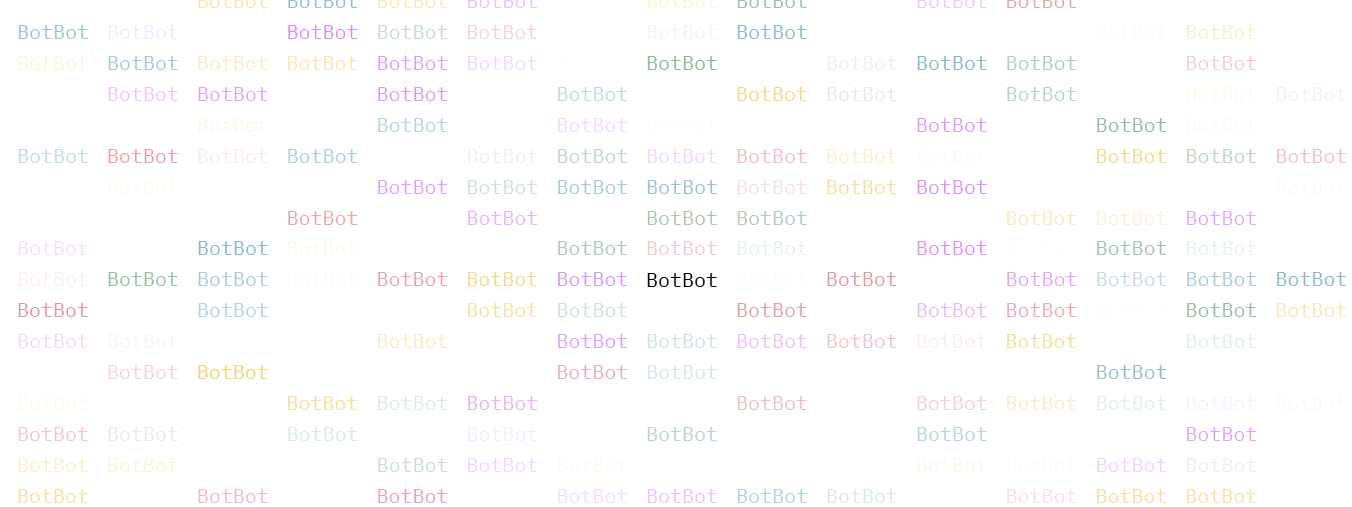
Efficiently engage with customers by automating conversations using Botbot.AI, a productivity solution that improves customer experience. This chatbot is proficient in various Southeast Asian languages, including local dialects such as:
- Singlish
- Manglish
Intent & Sentiment Analysis
It can accurately identify the intent and sentiment of user inquiries and requests. Botbot.AI eliminates communication barriers, and customers can be assisted in their preferred language. Say goodbye to language barriers and hello to a seamless and personalized interaction with your customers.
16. yellow.ai: The No-Code Chatbot Solution for Businesses
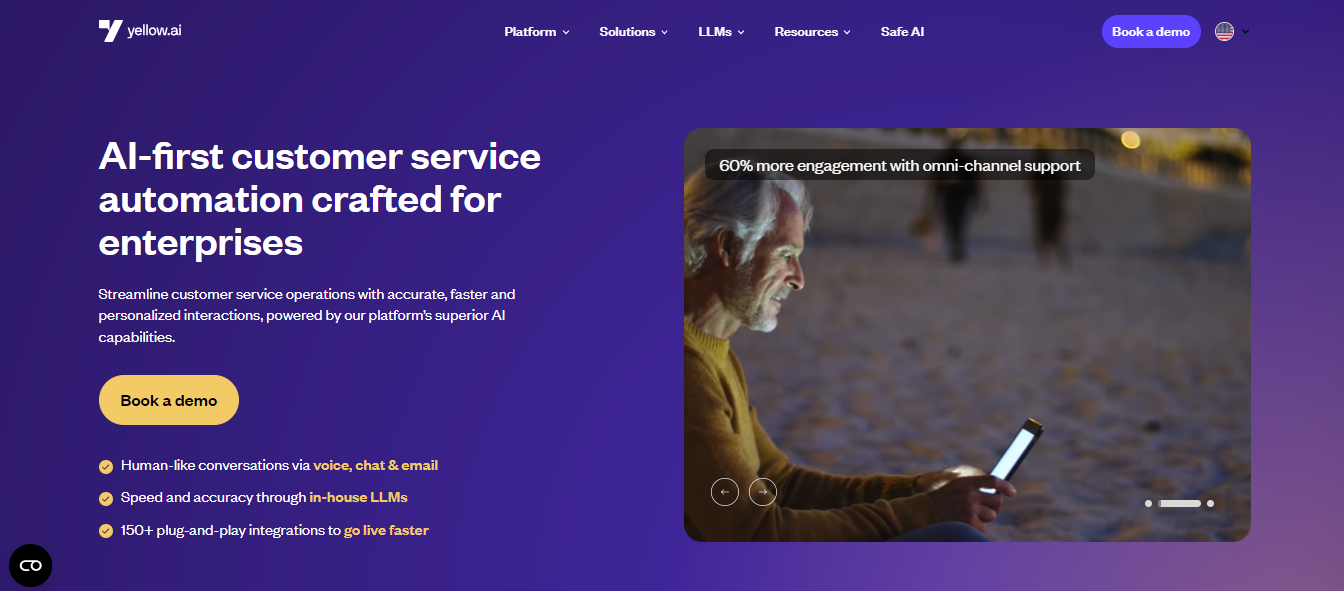
Elevate your business with Yellow.ai, the ultimate chatbot solution. With a user-friendly no-code builder, you can create a chatbot that fully represents your brand's identity. Its advanced Natural Language Understanding and Processing engine powers self-learning voice and text chatbots with multi-factorial intent recognition, leading to effective customer engagement and precise resolutions in real time.
17. Dialogbot.AI: The Tool for Building Intelligent Conversational Bots
Introducing Dialogbot.AI, the perfect solution for creating intelligent conversational bots. This powerful tool uses cutting-edge AI technology to power your chatbot, making it more intuitive and efficient. Its user-friendly interface lets you quickly build your bot from a pre-made template or start from scratch.
Take advantage of your industry expertise and provide feedback during chats to continually improve and train your bot. With Dialogbot.AI, the possibilities for creating personalized and engaging conversational experiences are endless.
Related Reading
- List of Generative AI Tools
- Create Your Own AI Application
- Generative AI Applications
- How to Build AI Software
- ChatGPT Integration Services
- Custom ChatGPT Integration Services
- AI Integration Services
- Best Generative AI API
- AI Integration Strategies
- AI Integration Tools
- Best AI APIs
- Benefits of APIs
Start Building GenAI Apps for Free Today with Our Managed Generative AI Tech Stack
Lamatic’s managed generative AI tech stack offers everything you need to build powerful custom AI applications. With Lamatic, you can build applications that understand, respond to, and converse in human language.
Use Lamatic to build advanced chatbots that power customer service for your business, creating seamless and intuitive user experiences. You can also create tools that help users generate content, such as:
- Writing assistance
- Code generation
- Others
The possibilities are endless, and Lamatic ensures you can do this quickly, efficiently, and with zero tech debt.
What Does Lamatic’s Generative AI Tech Stack Include?
Lamatic’s generative AI tech stack includes various features and tools to help you build, manage, and deploy custom AI applications. Here’s a closer look at what you get with Lamatic:
Managed GenAI Middleware
Lamatic’s managed middleware automates integrations between your generative AI application and underlying technologies. This includes APIs, databases, and other tools your app needs.
Custom GenAI API (GraphQL)
Build custom applications with their unique functionality that goes beyond off-the-shelf solutions. Lamatic’s tech stack includes a customizable GraphQL API to help you create tailored applications that meet your business needs.
Low Code Agent Builder
Create AI agents that can understand and respond to human language with Lamatic’s low-code agent builder. This intuitive tool helps you get started quickly, even if you don’t have extensive coding experience.
Automated GenAI Workflow (CI/CD)
Lamatic automates your generative AI application workflows so you can focus on building and deploying your app. The tech stack includes built-in integration and continuous deployment (CI/CD) tools to streamline your development process.
GenOps (DevOps for GenAI)
Lamatic’s tech stack empowers your team to implement GenOps for your generative AI applications. This means you can apply DevOps principles to your AI apps to help them run smoothly and efficiently.
Edge Deployment via Cloudflare Workers
Generative AI applications can be resource-intensive and require significant computing power. Lamatic helps you overcome this challenge by enabling edge deployment via Cloudflare Workers. This allows you to run your applications at the network's edge for better performance and user experience.
Integrated Vector Database (Weaviate)
Lamatic’s tech stack includes an integrated vector database to help you manage and store the data generated by your AI applications. Weaviate is a powerful, open-source tool that allows you to store unstructured data and quickly retrieve it to enhance your AI applications.





